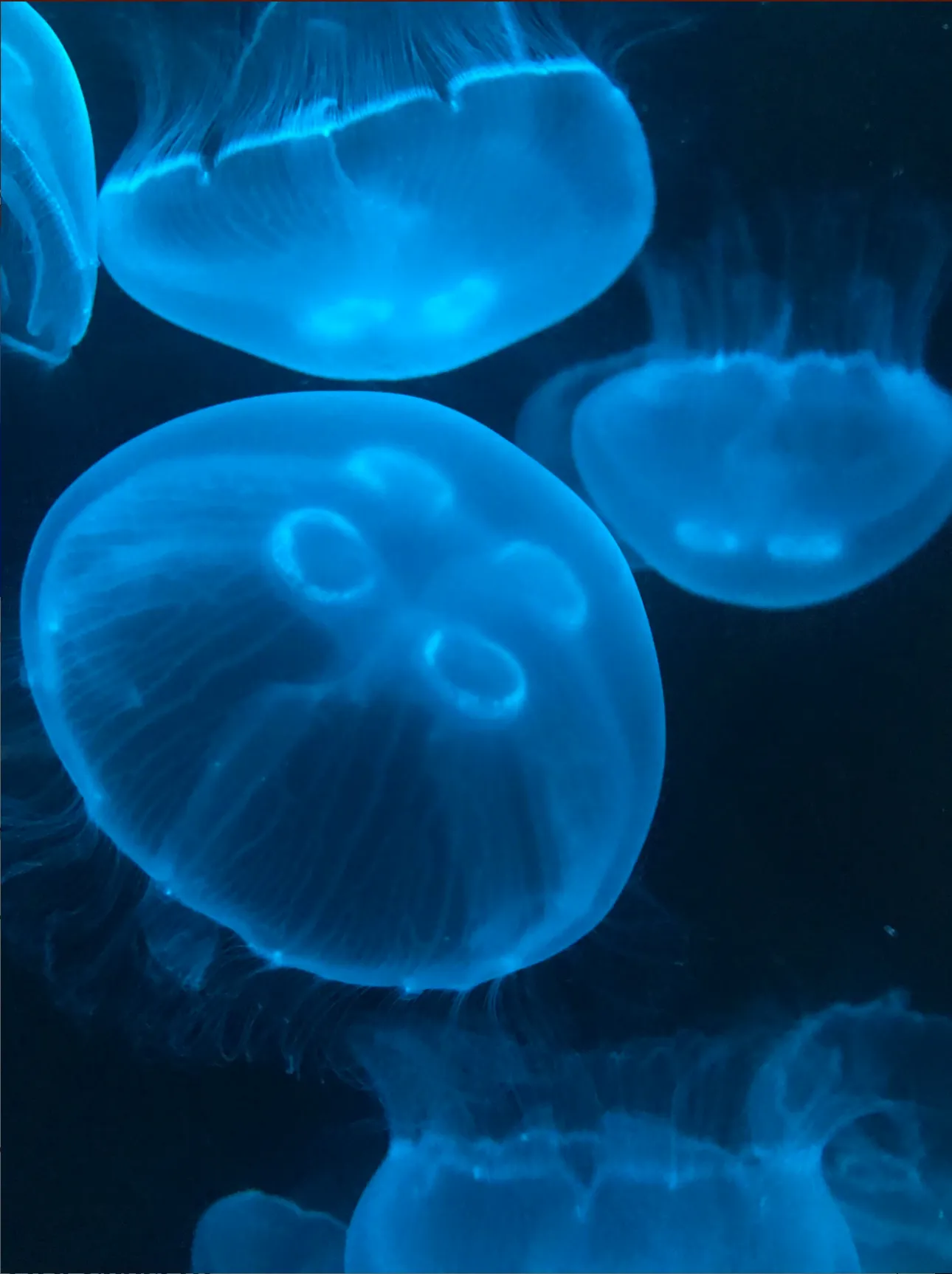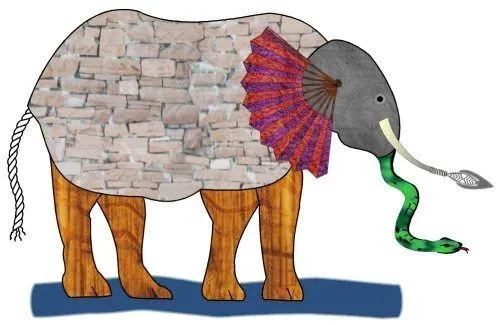Wabi-Sabi in Photography
Wabi-sabi is a giant marketing effort that urges us to take a second look at what we might otherwise dismiss or treat with disdain.

Wabi-Sabi is a kind of anti-aesthetic, an alternative to some dominant ideas we hold about beauty. It teaches us to find greater satisfaction in the humbler moments of life.
When it comes to what things look like, many of us have a preference for youth, shine, symmetry, grandeur and flawlessness. This aesthetic bias can be seen strongly as far back as the Ancient Greek times, and much of modern architecture, and indeed photography, still reflects these same ideals.
However, in every generation, there are counter-cultures that help us expand our perspective, such as grunge, punk, hygge, and minimalism. Wabi-sabi is one such counter-culture that originated in the 14th century in Japan through Zen-Buddhism, and grew into the mainstream. I wondered what we might be able to learn from this perspective today, for our modern lives and our photography.
‘Greatness’ exists in the inconspicuous and overlooked details. Wabi-sabi is about the minor and the hidden, the tentative and the ephemeral: things so subtle and evanescent they are invisible to vulgar eyes.
– Leonard Koren, Wabi-Sabi for Artists, Designers, Poets and Philosophers
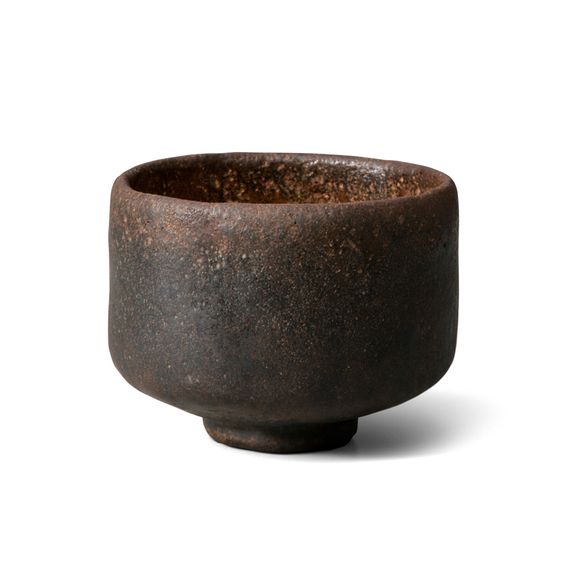
What does wabi-sabi actually mean?
While these days wabi-sabi, as a way of life, is under threat from modern consumerist values, it remains popular in Japanese tea culture and art and is widely considered core to its heritage.
Surprisingly, the intellectual concept of wabi-sabi remains somewhat shrouded in poetic mystery. Leonard Koren notes in his wonderful book Wabi-Sabi for Artists, Designers, Poets and Philosophers that if you ask a Japanese person today what wabi-sabi is, most will shake their head and offer a few apologetic words about how difficult it is to explain!
One starting point for understanding the concept is to look at the history of the words. ‘Wabi’ originally meant the misery and loneliness of living in nature, away from society. Meanwhile ‘sabi’ meant chilled, lean and withered. Over time, these words took on a more positive tone as they became closely associated with Zen-Buddhism and the spiritual richness of material poverty. Wabi-sabi began to signify the beauty of the impermanent, passing, fragile and modest. The underlying idea became that things are more beautiful for bearing imperfections.
By the 15th and 16th centuries Japanese tea masters such as Shuko, Joo and Rikyu re-designed the tea ceremony steering it away from upper-class sparkle and extravagance, towards the more modest ideals of wabi-sabi. They recommended using rustic local vessels with intentional little errors in the glaze that draw us into the subtle nature of beauty.
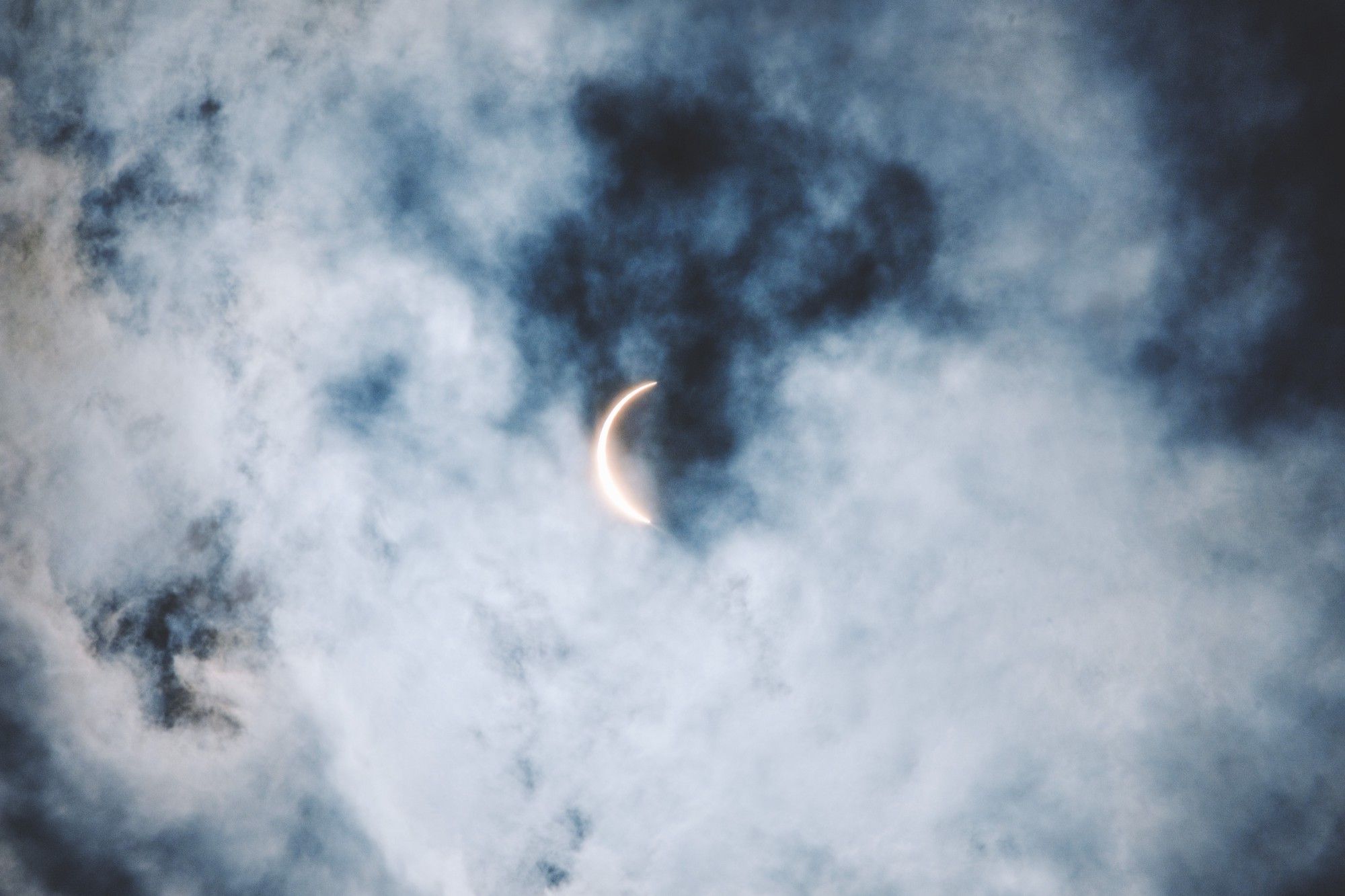
A moon which is not behind clouds is ‘disagreeable’, meaning that a moon that appears and disappears behind the clouds is more beautiful than the brilliant full moon.”
– Master Shuko (tea master)
This view of the world is deeply valuable to all of us, as we struggle with our fixed ideas about what is perfect. We become frustrated or depressed when the world doesn’t unfold exactly how we want it to. What happens when we realise we don’t have complete control? Ultimately we all find that even our own bodies blemish and deteriorate with age. Wabi-sabi teaches us to mindfully notice and appreciate these imperfections, and in this way to live with more peace.
How can we experience wabi-sabi through photography?
To embrace wabi-sabi in everyday life is to slow down to notice and appreciate the overlooked beauty of a reality that is, in so many ways, mundane and imperfect.
In our photography, we can start by getting closer to the shapes, colours, textures and patterns all around us. Stains on an old kitchen pot. Rust on a weathered gate. Muddy footprints on a wet pavement. Wrinkles on a familiar face. Withered branches under a winter sky. Can we shift our mindset to hold these sights with the same love and tenderness we normally reserve for a sunset?
Wabi-sabi is a giant marketing effort that urges us to take a second look at what we might otherwise dismiss or treat with disdain. It recognises that our tastes are not fixed… some moss, a slightly wonky teacup or indeed the wise wrinkled face of a friend or relative, that we will be able to find charm and beauty here too. ”
– School of Life animation on the History of Wabi-Sabi.
Our last Just Looking community meetup was on this theme of exploring wabi-sabi. Ironically we met at the Natural History Museum in London. Magnificent, spectacular, and enduring: possibly the very antithesis of wabi-sabi!
We discussed how we could open our minds to look for imperfections, but also how we might take the idea further and actively add so-called imperfections to an image, like an artist might paint clouds over a moon. We played with adding noise, intentional blur, overexposure, ‘unsightly’ flare, lack of contrast, and unusual framing.
All of us found this rather counter-intuitive, as did our cameras. Sometimes despite our artistic efforts to play with an image, the camera would try to correct our errors to produce its version of a perfect photo; for example, by deploying image-stabilisation technology. It made us more aware of the aesthetic biases built-in to our cameras.

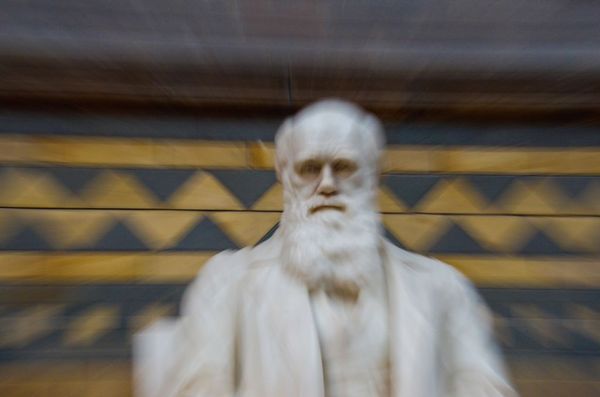

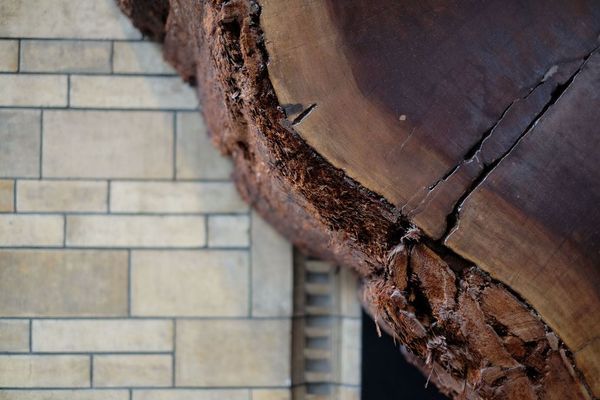

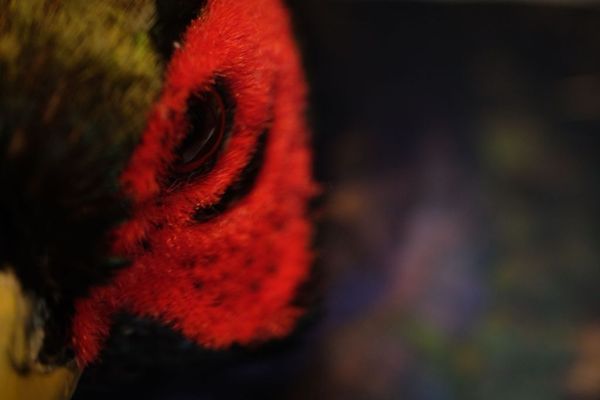

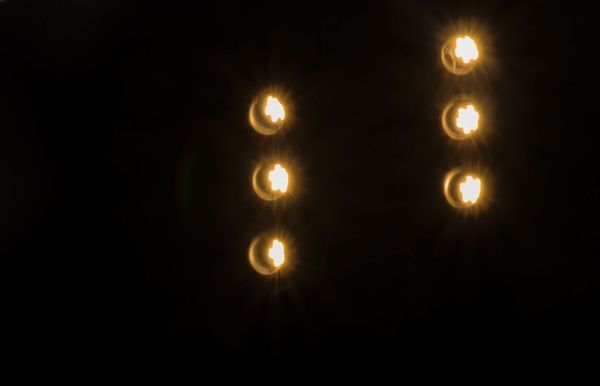
Our experiments were raw, primitive and tentative, but already some themes were emerging through our collective reflections by the end of the session. A conceptual window had cracked open just enough to feel the wind and hear the leaves.
Getting into a wabi-sabi state of mind on a photowalk.
If we are able to evoke a certain state of mind, certain thoughts and feelings, we will be able to see more wabi-sabi all around us. Below are some ideas and prompts for getting into that state of mind. You may be able to relate these easily to your own creative, spiritual or mindfulness practices.
1. Humility – In the teahouse, the entrance is purposefully designed to be small so that everyone entering has to bend low, or crawl in, with the intention of removing any arrogance we may usually walk with. Similarly, when we walk up to a subject to make a photograph, we will see it differently if we meet it with humility. We have waited our whole lives to set eyes on what is in front of us right now, so why not treat it with the highest respect.
2. Acceptance – When we observe closely, we see that all material things share the same qualities of impermanence, imperfection and incompleteness. All objects are forever in flux, evolving and devolving, and we simply make our own judgement on where it currently is on its journey. What if we suspend that judgement? Perhaps we can’t coax beauty out of something we habitually find mundane or even ugly, but by going ahead and creating a photograph of it, we could loosen our rigidity a little.
3. Curiosity – All of us have an innate curiosity that inspires us to travel, read or make friends. This same feeling can be directed towards the ordinary and slightly broken world all around us. Every blemish and crack reveals something: a clue, a hint, a story. What does the half-eaten biscuit tell us? What does the overgrown garden full of weeds tell us? What about the crayon scribbles on the wall?
4. Simplicity – Wabi-sabi asks us to pay attention to all the details without becoming excessively fussy. When creating a photograph, what can we pare down without losing the poetry? What do we find on the visual edges of boring? What, perhaps, is the essence of the image?
5. Playfulness – These days with our phones and digital cameras, when we dislike a photograph we usually delete it immediately. Perhaps before doing this, we can take a pause, to reflect on what makes a photograph a ‘mistake’. Could it be that the camera simply saw something that we ourselves didn’t? Experimenting with intentional errors can also help us navigate this idea of a mistake, and teach us how to not take ourselves so very seriously.
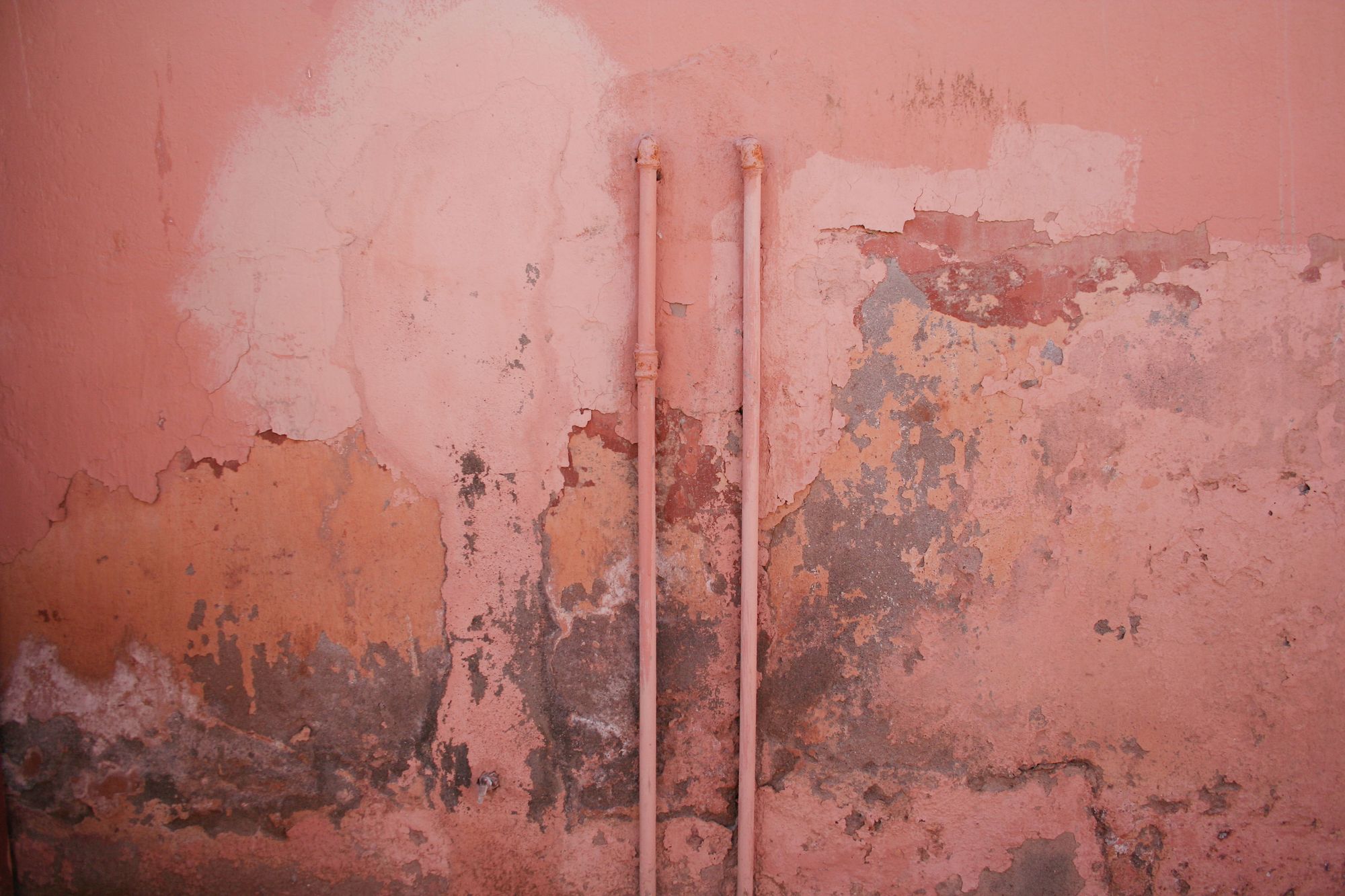
Some photographers that might inspire you.
Vada Bailey – She explores the sadness of flowers, abandoned tumbledown outhouses and cobwebby allies. Her dream-like images are greatly influenced by her background in painting. She often uses multiple exposures and intentional camera movements. Her objective is less about portraying a literal representation, but rather conveying feelings evoked.
Chris Friel – A British photographer noted for his abstract landscape images. Friel was a painter for many years before turning to photography, and he too makes beautifully creative use of long-exposure and intentional camera movements.
Lee Chang Ming – His photographs capture the simplicity and beauty of the everyday, the mundane and the ordinary, each picture a study in symmetry, light and mystery. Check out his series called the Universal Mundane.
Rinko Kawauchi – She is a Japanese photographer creating art that helps us look and revel in the majestic minor details of life. Her photographs focus on the small and fascinating details of mundanity.
Sonia Melnikova-Raich – She looks for grace, poetry and mystique in the most common things. In her series titled Wabi-Sabi she talks about her focus on an ‘aesthetic sensibility that finds a melancholic beauty in the impermanence of all things’.
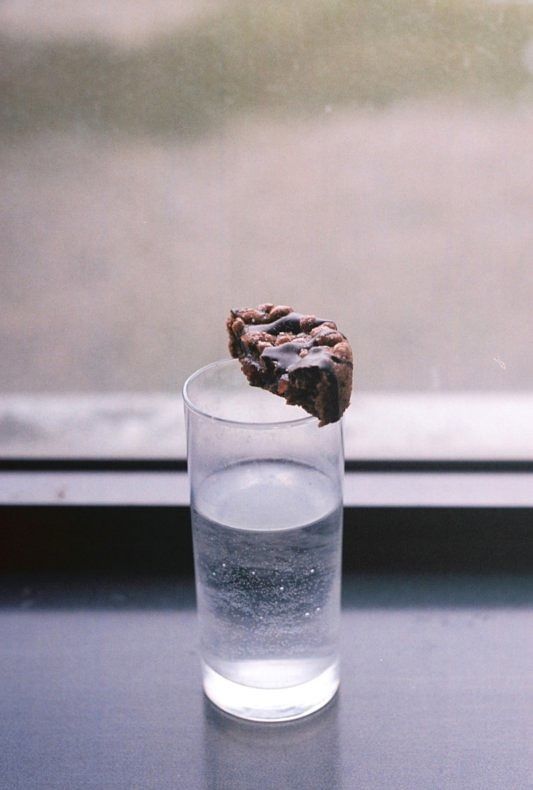
Noticing – Our Newsletter
Join our newsletter community for monthly inspiration to slow down and stay curious about everyday life and what matters most to you.


